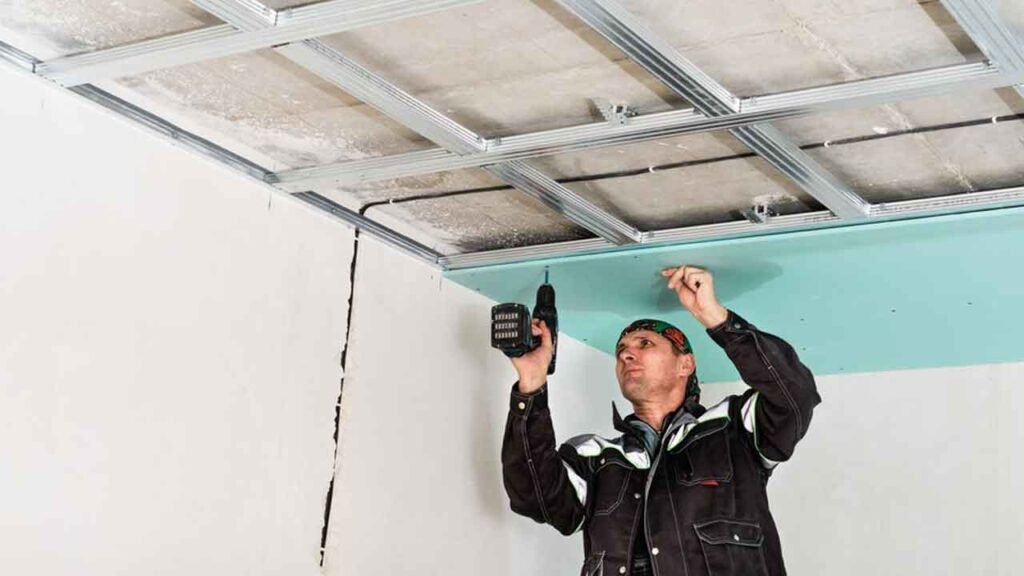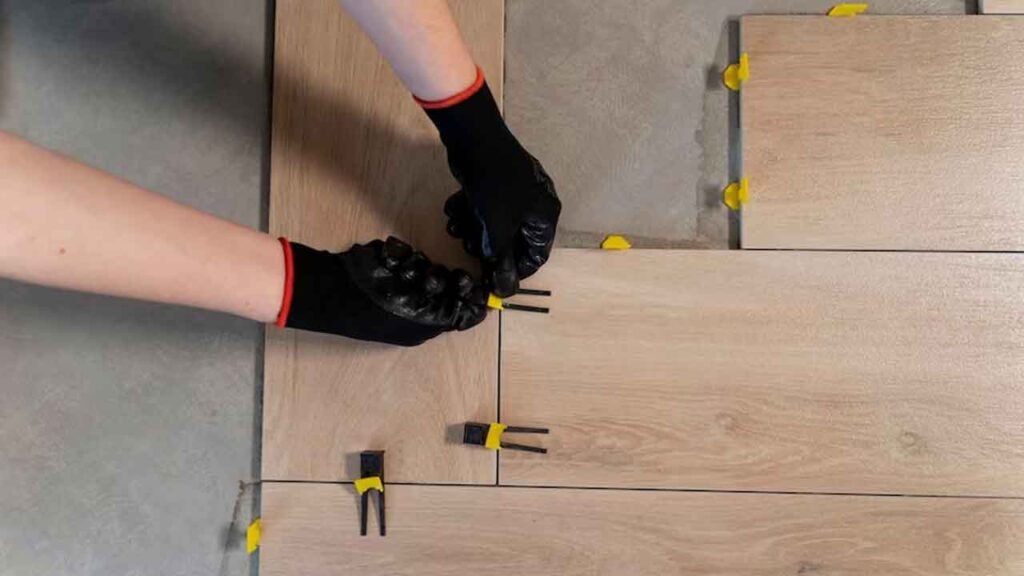Water damage is a common occurrence for homeowners and can quite often be a costly thing. It can be caused by various reasons, from a simple pipe leak to hurricane storm damage. It is always better to be prepared for any natural disaster, especially during the late hurricane season. Hurricane preps can help you avoid costly repairs and home reconstruction. Many different circumstances result in residential water damage.
But how much does it cost to repair such damage and to what extent? This is highly variable because it all depends on how soon you detect the damage. And how quickly repair it. If you are dealing with a leak then this needs to be tended to as soon as possible. While flood damage is much more immediate and extensive.
Types of water damage and root causes
There is plenty that we can do in order to avoid costly water damage to our properties. Floods are not as easy to foresee. However, leaks can be prevented quite easily as long as proper maintenance is performed. As mentioned above you must also start the water mitigation process as soon as possible to decrease the amount of water damage repair process. When you can not treat the moisture the mold can grow. And this will be even more costly to fix.
It could result in the replacement of more structural and aesthetic materials than you need to clean the water quickly. You can call professionals to analyze the source of the leakage. And to conduct minor repairs to avoid more damage later. This can save thousands of dollars in the future for more expensive repairs. You can document any damage to your insurance claims as well.
Water Damage Cleanup
Water cleanup when it occurs can cost a significant amount depending on the extent of the damage. This may be dependent on the source and the way in which it has affected your home. The type of water is also a deciding factor as it may either be from clear water from a burst pipe or even black water from sewage backup.
You may be able to do some of this cleanup yourself if you are competent in DIY But before you begin you may need to consult a professional to see the extent of the damage and know-how you need to go about beginning your cleanup.
There may even be underlying conditions and structural damage that will need to be assessed and treated. The sooner you do so the less the damage will be. If you miss even the smallest amount of water you could be in for more costly repairs later down the track.
Hurricane Storm Damage
If you live or do business in a vulnerable area, it is recommended to have a catastrophic damage restoration plan in place to prevent any non-recoverable loss. It can include having sandbags, storm shutters, or even a backup generator. Taking these precautions can help prevent significant water damage to your property and help in disaster remediation.
Violent hurricanes can destroy both residential and commercial properties. This damage can go beyond just structural damage. Therefore, it is necessary to have proper knowledge of disaster mitigation companies working in your city or area so you can call them timely.
To prepare for commercial disaster recovery, you must have a proper assessment of the damage and the repairing processes. Utilize the latest tools and techniques to prepare checklists. Most importantly, Prioritize the well-being of employees by having their contact information readily available. It will also help you manage your team and employees in times of crisis. Contact a professional disaster recovery team to minimize the loss.
In case of hurricane storm damage, flood damage restoration services can help you assess the extent of the damage. Reconstruction of the property or large loss restoration process can be costly, but it is essential to ensure the safety and stability of your home and commercial property.
Roof Problem

You will also need the leak addressed as this could cause the same damage to occur. For example, if you repair a water-damaged ceiling but do not fix the leak in the roof then you will need to replace the ceiling again later down the track when the leak reoccurs.
Diagnosing a leaking roof is best left to the professionals. If you want to start a DIY project to repair your roof then you may wish to reconsider. Improperly installing or repairing a roof can lead to very serious issues and more costly repairs down the track. Insurance companies may sometimes even require a professional inspection. There are several issues that can lead to a leaky roof. These include missing shingles which may have come loose due to high winds, damaged flashing around pipes, chimneys, skylights, and valleys, ice dams, roofs with low slopes, and inadequate runoff.
Ceiling Repairs

For ceiling repairs, you should hire a water damage restoration company to fix any sagging from excessive water damage. If there is a broken pipe in the ceiling then this could lead to some costly repairs as well but a plumber should be called in such instances.
In the basement water damage is more common than the rest of the home. This can be due to flooding, drainage issues, clogged gutters, burst pipes, and sewage backups. The costs to repair such damage can vary greatly and are certainly dependent on each individual case. The type of water again will have an impact on the costs, for example, an inch of clean water from a burst pipe will be less costly to repair than three feet of black water from sewage backup.
Drywall Situation

Drywall is quite cheap to replace as well and again it is dependent on the extent of the damage. The size of the damage can be assessed. And how much drywall needs to be replaced. Often if your drywall is damaged there are some structural and flooring damage too. So this will be included in the estimation of the costs when you hire the water damage restoration services.
Drywall is quite common and useful in many different living spaces in the home. Including bathrooms which are prone to water damage as they have a significant amount of plumbing. When the drywall is damaged by water it is likely that the paper backing will also need to be replaced. If it is not replaced at the time of repair then it can become a hotspot for mold growth in the walls and cause significant damage at a later time.
Flooring Damage

Hardwood floors are prone to water damage. This is one of the only ways in which they can be significantly damaged and in need of replacement. They are very expensive to replace, but you can opt for a cheaper one. And a much more viable option if you are worried about the replacement of hardwood floors in the future.
Laminate flooring and vinyl flooring are gaining popularity and come in waterproof materials. In this regard can act to avoid any additional damage to your home through the type of flooring chosen. It may affect the underlying layers but not the flooring itself. And this can be cheap and easy to replace especially if you choose the click-in planks.
Carpet can also be an issue where water damage is concerned. The underlying subfloor can be affected if the carpet retains the moisture. Then it can be very commonplace for mould to grow. If there is excessive mold growth before you repair the issue. Then you could find that the entire carpet may need to be replaced and this could get expensive quickly. Most tile floors will dry quickly and easily with no damage at all. This is why they are recommended for bathrooms and kitchens where water damage is most prevalent.
Bathroom
A leaking bathroom fixture may be an easy fix and will not cost very much at all. You can easily do this with a new faucet or fixture. On the other hand, a cracked bathtub or failing toilet may call for a professional plumber depending on how extensive the damage is. If not attended to quickly they can, of course, get worse over time. But if you catch the problem quickly then this can save hundreds if not thousands of dollars in the future. As the water damage is prone to spread over time.
Plumbing
Burst pipes are costly to repair and cause a great amount of damage. If you suspect a leaking or burst pipe then you should call in a professional right away in order to limit the damage to the space. They are costly to fix but you will minimize the price if you tend to the problem earlier. You may want to perform regular inspections, at least once per year, and also some maintenance if needed. This is a preventative measure and can avoid costly repairs in the future.
Many natural causes of flooding and water damage are unforeseen and can be a result of hurricanes and river flooding. You can always install preventative measures such as a sump pump or a water alarm to protect yourself if you are in an area prone to flooding. The sump pump acts to pump the water from under the foundation to avoid some damage that would otherwise be much worse. This may save you thousands in the long run and though it is costly to install if you suspect that flooding may occur in your area it is a good idea. If your property slopes toward the home then you may experience increased flooding in the basement which can put increased stress on the sewage systems.
Types of Water Damage
For each incident of water damage. It can be categorized into one of three. Clean water, greywater, and black water. This is listed in ascending order of how the cost will increase with each level of damage. This also determines the severity of the damage itself.
Clean water is the easiest to clean and repair while black water may require a significant amount of replacement for your structural reparations. Again, even if you are confident with your DIY skills you should have a professional come to assess any water damage before attempting to repair it yourself. You may also want to check in with the insurance company as they may only cover damages that are tended to by a licensed professional, not those that you have taken on yourself. This will also ensure that you have repaired the issue to the best of your ability and reduce the likelihood of more damage later on.
Clean water damage can degrade to greywater damage if it is not cleaned and repaired in a timely manner. Grey and black water damage can pose certain health risks and are more likely to result in mold and other damages at a later date as well. Greywater can come from appliances such as dishwashers and washing machines, while black water is a result of direct sewage.
There are 4 different classes of water damage
- Class 1 is mild water damage and often just affects a small portion of the floor. This is often due to a leaking faucet and can be repaired easily by a competent homeowner.
- Class 2 affects the entire room. It included water damage to walls up to 30 centimeters from the ground. The moisture will remain in the structure and will need significant cleanup and some repairs as well.
- Class 3 will affect the ceiling, walls, floors, and the subfloor and insulation. This happens when moisture comes from above, such as a leaking roof or even a burst pipe.
- Finally, class 4 is the most harrowing. This would be due to significant water flow, from floods or storms. It is likely due to a natural disaster of some sort. This is costly to repair and will damage even the most durable surfaces such as stone, brick, and hardwood.
